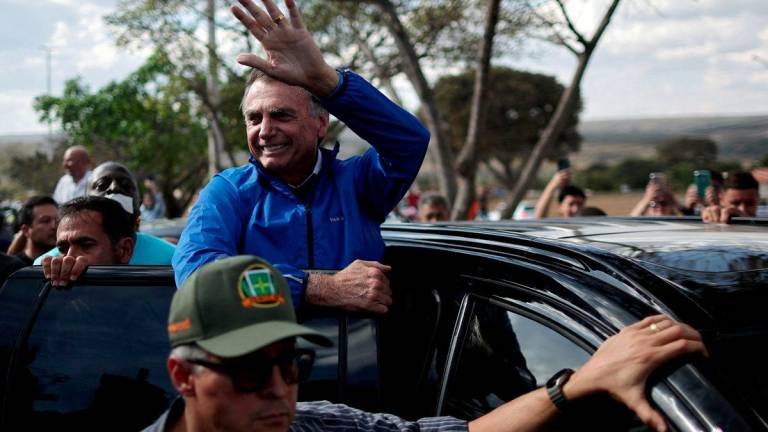President Donald Trump is set to announce sweeping new tariffs on Wednesday, marking what he’s dubbed as “Liberation Day” for the U.S. These tariffs are expected to escalate the ongoing trade war with international partners, causing potential cost hikes and disrupting a longstanding global trade order.
Details of the tariff plans remain under wraps, with Trump poised to reveal specifics during a 4 p.m. Eastern Time (2000 GMT) ceremony in the White House Rose Garden. The tariffs will take effect immediately after the announcement, with a separate 25% global levy on auto imports set to begin on April 3. These new duties are anticipated to provoke retaliatory measures from countries worldwide.
Trump, who previously called tariffs “the most beautiful word in the dictionary,” maintains that the new measures are aimed at balancing the U.S.’s lower tariffs with those of other nations while addressing non-tariff barriers that disadvantage U.S. exports. However, the exact structure of these duties remains unclear, with reports suggesting Trump may impose a 20% universal tariff.
Christine Lagarde, President of the European Central Bank, warned that the tariffs would have a negative impact globally, with the intensity of the effects varying depending on the targeted products, the duration, and any potential negotiations. As the world anxiously awaits details, global stock markets retreated, and gold prices remained near record highs.
Businesses across various sectors, including auto manufacturing, freight shipping, and luxury goods, are anxiously awaiting Trump’s announcement. The unpredictability of the tariff measures, which could be added or withdrawn quickly due to emergency powers invoked by the president, has left many companies uncertain about their supply chains.
Italian Prime Minister Giorgia Meloni expressed concern that the tariffs would harm Italian businesses and burden American consumers. She advocated for diplomatic efforts to prevent a trade war, warning that such a conflict would be detrimental to both the U.S. and Europe.
France also braced for a significant impact, with estimates suggesting tariffs could range from 20% to 25%. Trump’s tariff actions, which have already included duties on Chinese imports and steel and aluminum, are set to stack, meaning additional charges could apply to products already subject to previous tariffs.
This growing uncertainty has caused a sharp decline in investor confidence, with U.S. equities losing nearly $5 trillion in value since mid-February. As traders await more information, the dollar firmed slightly while other currencies remained stable.
International allies, including the European Union, Canada, and Mexico, have pledged to respond with retaliatory tariffs and countermeasures. Australia has also vowed to push back against tariffs that could affect Australian beef exports.
Trump has repeatedly argued that free trade agreements have harmed American workers and manufacturers, contributing to a trade deficit exceeding $1.2 trillion. However, experts warn that a 20% tariff on top of existing duties could cost U.S. households an additional $3,400 per year.
















